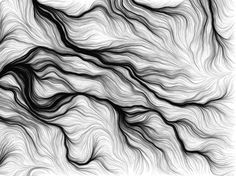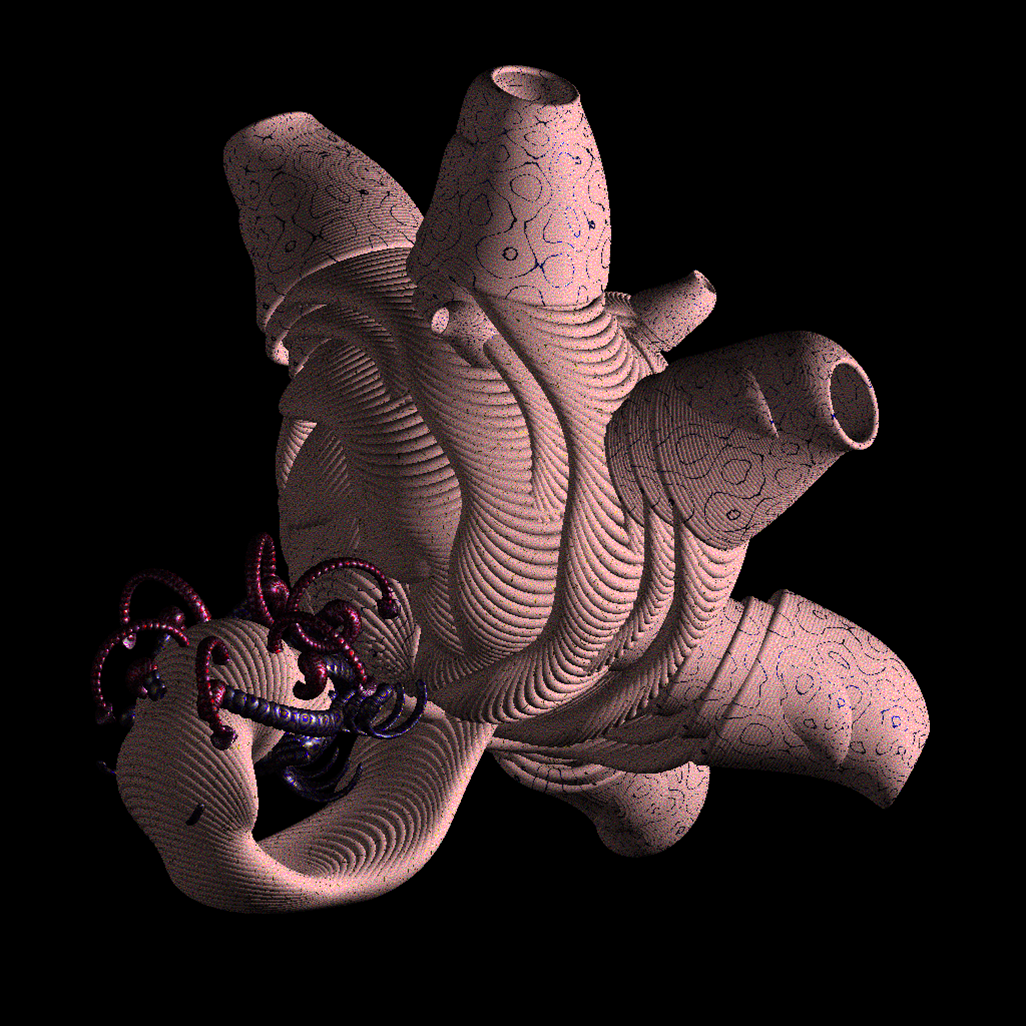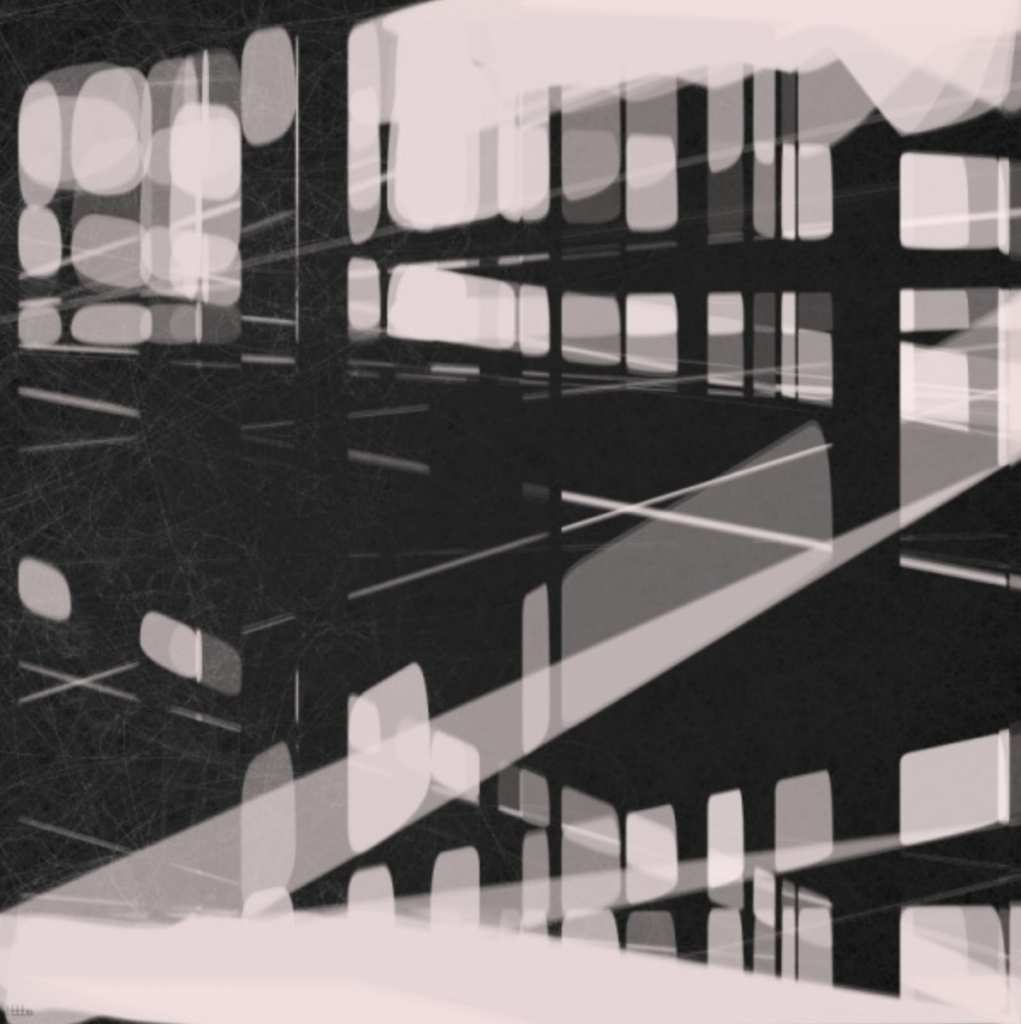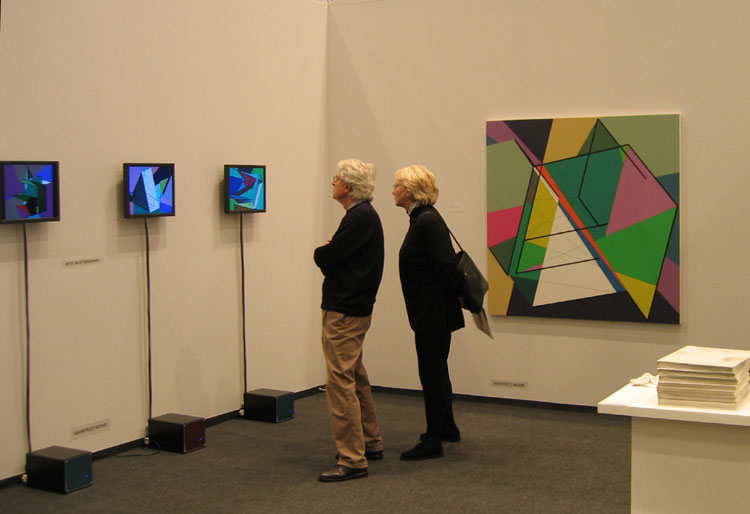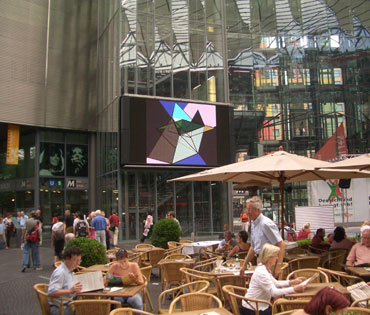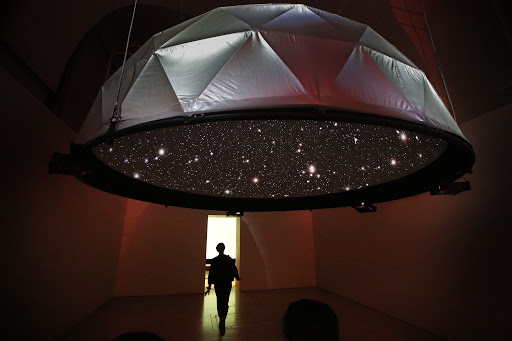Kenneth Martin was an English artist who mainly created non-representational/abstract art using geometric shapes. Martin drew inspiration from the work of Kasimir Malevich and Alexander Calder, interested in exploring spatial relationships between simple structural elements.
“Chance and Order” (1971) is one of my favorite pieces by Martin, and I think that his process of creating this artwork is quite fascinating. Randomness played a significant role in producing the final work, yet his approach was very organized and systematic, hence the name “Chance and Order” which describes his process and method. I found the following explanation regarding his process for the “Chance and Order” series of work: “The points of intersection on a grid of squares are numbered and the numbers are written on small cards and picked at random…A line is made between each successive pair of numbers as they are picked out” (Understanding Uncertainty).
I admire the simplicity of Martin’s work and find that while his pieces only utilize basic graphic/geometric elements, they are still very visually intriguing.
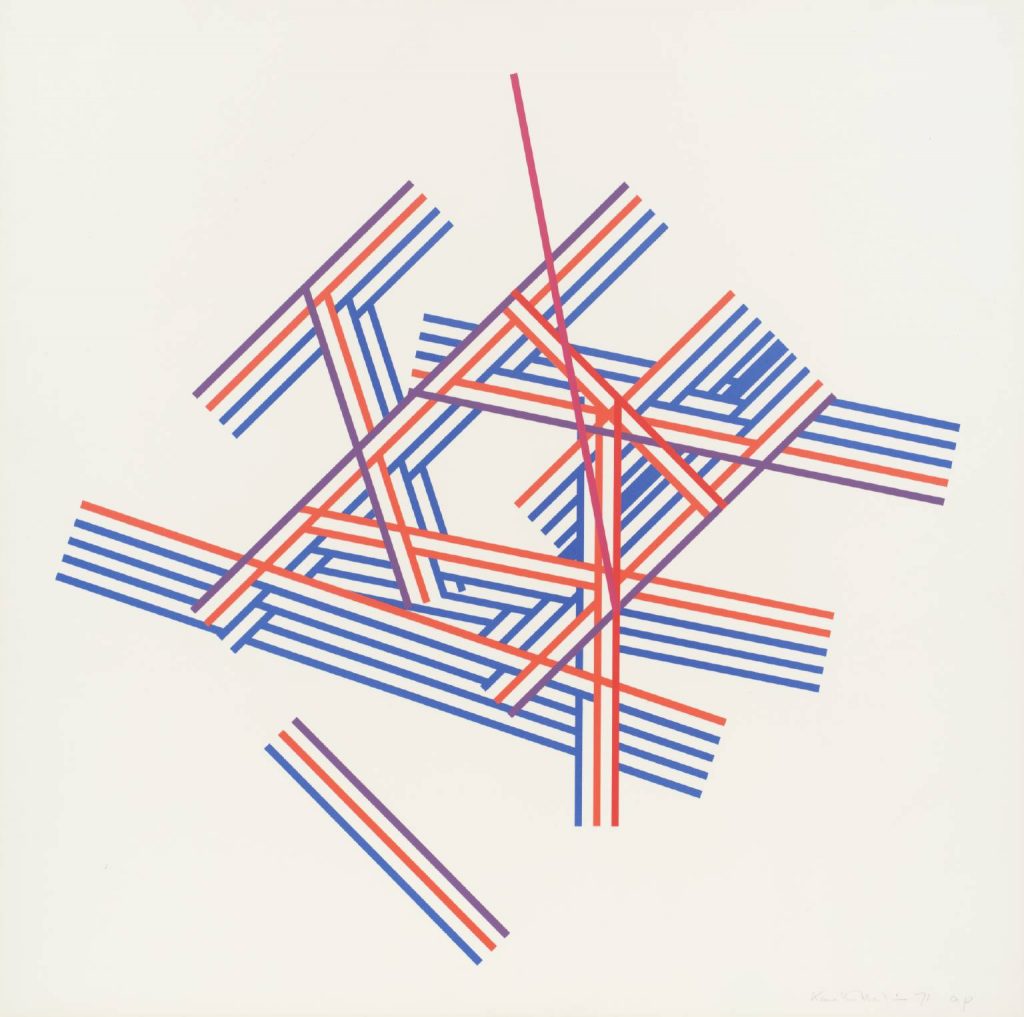

More about Martin’s process
![[OLD FALL 2020] 15-104 • Introduction to Computing for Creative Practice](../../../../wp-content/uploads/2021/09/stop-banner.png)

